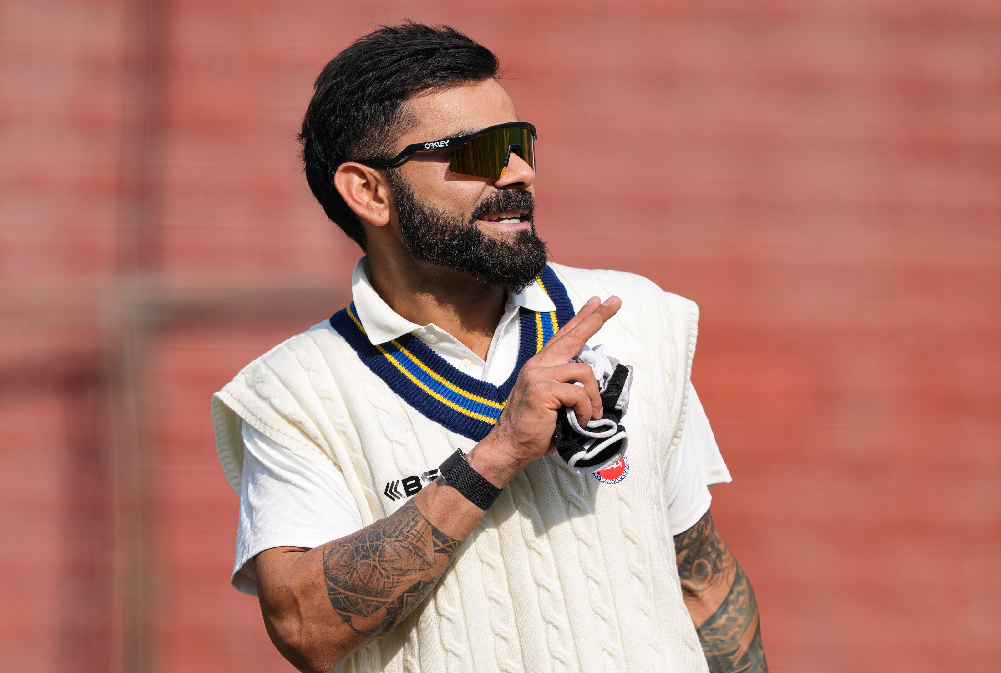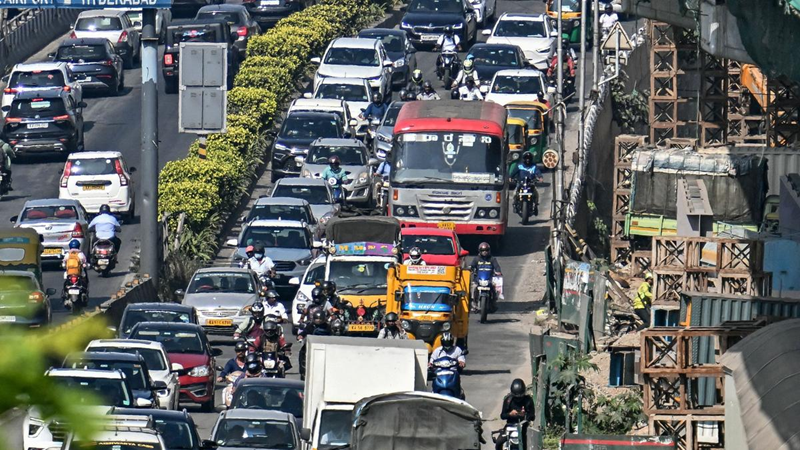
Cleaning up urban air pollution
M. A. Siraj
I ndia’s capital Delhi retains the dubious distinction of being the world’s most polluted capital city for the second consecutive year. According to the just released Swiss organisation IQAir’s 2021 World Air Quality Report, Bhiwadi in Rajasthan is the world’s most polluted city in the world. It is followed by Ghaziabad (no.2), Hotan in China (no.3), Delhi (no. 4), Jaunpur (no. 5), Faisalabad in Pakistan (no. 6), Noida (no. 7), Bhawalpur and Peshawar in Pakistan (no. 8 & 9) and Baghpat (no. 10).
Of the first 50 most polluted cities, India shares 35, Pakistan 5, Kazakhstan 4, Bangladesh 2 and Turkey and Chad, one each. Among the world’s most polluted capital cities, Delhi is followed by Dhaka (Bangladesh), N’Djamena (Chad), Dushanbe (Tajikistan) and Muscat (Oman) respectively. Among the countries, Bangladesh has been ranked as the most polluted country, followed by Chad, Pakistan, Tajikistan and India.
The pollution ranking is updated every year on the basis of annual WHO air quality guidelines for PM2.5. The IQAir’s 2021 World Air Quality Report analysed air pollution measurements in 6,475 cities in 117 countries, regions and territories. On the 15 most polluted cities in Central and South Asia in 2021, 12 were in India. The report says PM2.5 concentration in New Delhi shot up by 14.6 cent in 2021 to 96.3 compared to 84 in 2020.
Fine particle pollution, known as PM2.5 is commonly accepted to be the most harmful, widely monitored air pollutant and has been found to be a major contributing factor in causing ailments such as asthma, stroke, heart and lung diseases. It leads to millions of premature deaths annually.
The report said no country met the latest WHO air quality guideline for PM2.5 in 2021, but some territories such as New Caledonia, US Virgin Islands and Puerto Rico met the update WHO guidelines. 93 cities in the report had annual PM2.5 concentration exceeding 10 times the WHO PM 2.5 guideline. Of the 1,887 Asian cities only four or 0.2% met updated WHO PM2.5 guidelines. Of the major cities in the United States, Los Angeles was the most polluted. However, the city of angels saw an overall decline in PM2.5 pollution by 6% compared to the 2020.
Thirty five cities from India among the 50 most polluted cities around the world must be a wakeup call for us, Indians. The lesson that the lockdowns taught us was that absence of burning, vehicle exhaust and shutdown of Industry are the key guarantees for cleaner air. Not only did we have relief from polluted air, but the atmospheric serenity had attracted the wild animals citywards. The lesser we use the fossil fuels, the better the prospects of inhaling fresh air. Yet there cannot be a magic wand to shift away the nation’s dependence from the fossil fuels to non-polluting mediums. The talk about environmental clean-up begins with smog kicked up by bursting of firecrackers during Diwali and ends on clouds of fumes generated by stubble burning in Haryana and Punjab around the end of winter. The debate dies down with the lifting of the smog and people, vehicles and industries are back to their polluting ways. Diwali is a two-day affair and stubble burning may be a fortnight long affair. They are not the sole reason of atmospheric pollution for the cities. Most of our cities are bursting at seams. There is no check on migration to urban areas. Nor is there any limiting of registration and ownership of private vehicles. Capital Delhi has more than 11 million registered private automobiles, 20,000 kms of dusty roads, over 10,000 of industrial units and construction is an ever ongoing activity. Most of our Pollution Control Boards are toothless bodies. Having no authority, they merely act as data bank and assessment agency. More than one-third of garbage generated by households remains from being picked by the municipal garbage collectors. Come autumn and the hapless collectors simply have no clue how to and where to carry the dry stuff in the existing bins. They set up infernos that foul up air. Festivals season adds to their load and woes too.
Cities have been failing to implement sustainable mobility solutions. In principle no existing urban activity is unclean. All vehicles and industries carry ‘pollution under check’ certificates. Yet cumulatively, in absence of cleaner mode of public transport and bicycle tracks and for want of safer footpaths, people opt for private automobiles which guzzle up fossil fuels and emit carbon dioxide.
With pollution killing 12 children a day, India cannot afford to delay a clean-up of its air quality. The reversal would require check on vehicular emission, industrial pollution, effective waste management, and dust pollution. Of late there is a talk of smog towers that pull the polluted air and return purified air to the atmosphere. But this cannot be a replacement for long
 English daily published in Bengaluru & Doha
English daily published in Bengaluru & Doha






